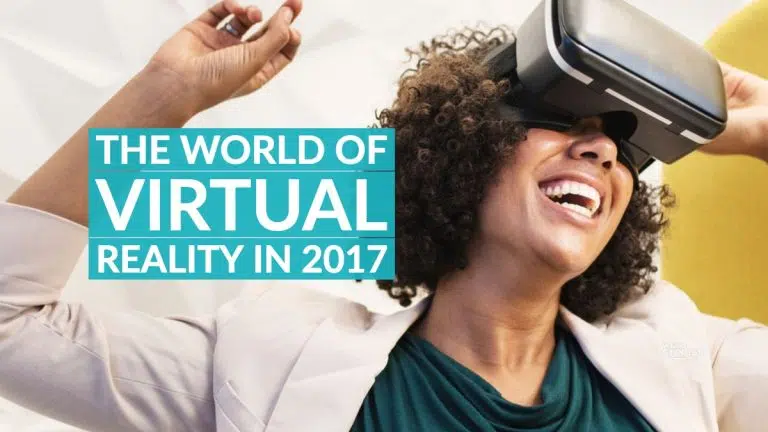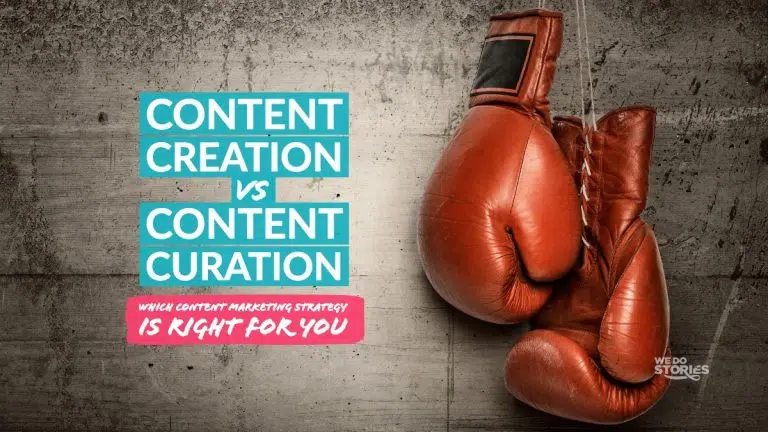Online marketing is an ever-changing landscape and it pays to keep abreast of emerging trends.
In this article, we take a look ahead at 2016 and discuss how companies are best suited to manage their content marketing campaigns.
But first, a quick note on the importance of producing high-quality content on multi-channels across the web.
The importance of high quality content
Search engines have been driving webmasters to produce top quality content for some time now. In 2011, the launch of Google’s Panda penalised websites that published ‘thin and low quality’ content.
The introduction of Hummingbird empowered Google with semantics which gives the search engine giant the ability to understand more information from content on a page. This enables them to determine relevancy to a search query.
This goal was reinforced last year. Google acknowledged social signals are used as ranking metrics, and in May, the company released a “quality update” to its core algorithm.
Analysts in the digital marketing industry believe several phantom quality updates have since followed, and as search engines crank up their algorithms, marketers can expect an even greater focus on quality content over the coming year.
The days of low quality content are well and truly over. Even when search engines crawlers cannot judge the quality of your content, they have a fallback – end users.
And when all is said and done, it is consumer behaviour that dictates content marketing trends.
What should organisations look out for in 2016?
This year will most likely see SEO reinvent itself into COS – Customer Optimisation Strategy.
With advancements in technology, user behaviours constantly change, and this ultimately has an impact on your content marketing campaign. To increase visibility across the net, companies will need to publish a variety of content across multi-channel platforms.
When publishing content, you need to think about the type of device your audience is using for specific platforms. And devices range from 5-inch smartphone displays to milti-inch widescreen TV’s.
If you are not already producing a variety of content across multiple channels, make that a priority for 2016.
Now that consumers access content with a mobile handset more often than they do a desktop PC, the type of content format has to be compatible for a smaller display screen.
Whilst visual content and video marketing will continue to grow at an exponential rate, we can also expect to see the first signs of augmented reality (AR) and Virtual reality (VR) taking hold.
Augmented reality and virtual reality is a game changer both in terms of device and user-experience.
Although it is a few years away from filtering into the mainstream, 2016 will be the year it takes a bow on centre stage – so keep your eye on developments because AR and VR is the future of content marketing.
Why video is a key marketing tool
Video marketing is the fastest growing marketing tool on the net right now and according to Cisco will account for 60% of consumer traffic by the end of 2017.
Video content already accounts for 50% of mobile traffic and now consumers are relying more on their smartphones to access content, video provides easy-to-digest content that is both informative and entertaining.
And it is not only the casual consumer that is devouring video. Senior business executives recognise the value of video content, and favour motion pictures over text.
The reason for this is because the human brain is programmed to respond better to motion picture images than any other content format.
The brain processes visual information 60,000 times faster than language and it is easier to understand subtle qualities such as humour and sarcasm in video than it is in any other content format.
Furthermore, consumers respond better to story telling, and the old writing adage of ‘show not tell’ is far more powerful in videos than other marketing medium.
Live streaming and recorded video
Statistics show that TV is still the preferred medium in the UK despite the soaring rise of digital videos.
What the stats don’t always reveals however, is that the majority of TV viewers are over 50 and 90% of them skip through the ads on pre-recorded programs.
Most digital marketers should be looking at the user behaviour of millennials, and 62% of young people not only prefer YouTube to traditional TV, they also say online video ads “make them feel good about themselves.”
When you listen to anybody in the digital marketing industry speak about marketing, you will hear the buzzword “engagement.” In the digital age, that means “entertainment.”
The modern consumer not only wants to be informed about products, they want to be entertained learning about their benefits. And that means telling a story or presenting live action!
There are two main players in video advertising. The first is recorded video which has been around for years and is the most popular format – for the moment at least!
Recorded video gives you more control over the content and there is less room for error. It also gives you the ability to entertain the audience with a story.
The other option is live streaming, a medium that has captured the public imagination through social media apps Meerkat and Periscope.
Live streaming gives brands the power to run promotional campaigns in real-time and just like reality TV, use real people. And the unpredictability keeps them glued to their screens.
Given the most trusted form of advertising is word of mouth, live streaming real customers could be a boon for the right product.
With over 12 million users already using the live streaming apps, there is huge potential for firms to capitalise on yet another digital innovation. And the flood gates have not even opened yet!
Apps and platforms to use in 2016
The digital marketing industry is already beginning to feel the impact of disruptive, irrelevant and misplaced ad campaigns. Consumers are not impressed and are hitting back with ad blocking software.
Advertisers are called upon to think very carefully about producing custom-made content for each digital platform. Ask yourself what the user-intent is, and what are the expectations?
Whilst established platforms such as YouTube, Facebook, Instagram and Snapchat will continue to host the most digested video content, 2016 is likely to see the rise of other in-app platforms that are better equipped for hosting videos.
And if you do produce video ad content, you should be looking to air the content on as many platforms as possible to increase visibility, raise brand awareness and measure engagement.
CEO of Integral Ad Science, Scott Knoll says, “we’ll see more integrated ad measurement in 2016, leading to cross-platform measurement becoming the standard for campaigns.”
With innovative ideas such as value-exchange video which gives consumers the option to access premium content, video advertising platforms enable firms to grow their audience at an exponential rate.
As new content marketing trends emerge, there has never been a more exciting time to be a digital marketer. 2016 promises to carve new avenues for users to access content – and visual motion will be leading the march.







